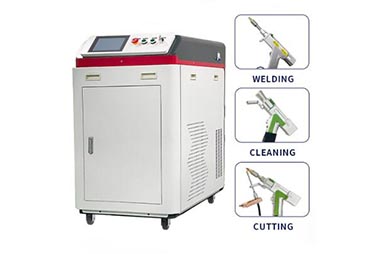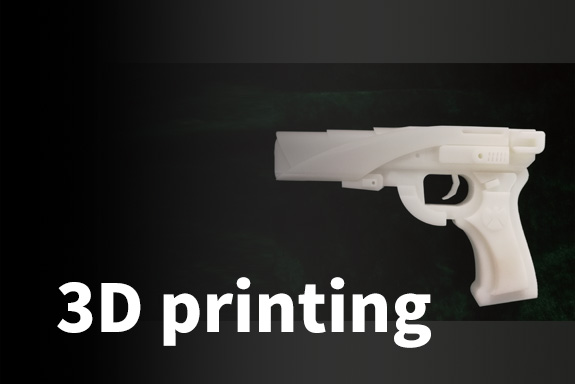Introduction to 3D Marking
3D marking is an innovative process that utilizes advanced technologies to create intricate designs and text on various surfaces. By combining the capabilities of a CO2 laser machine with scanner 3D laser technology, industries can achieve exceptional precision and detail. This guide delves into the mechanics and applications of 3D marking, highlighting how these technologies work together to enhance production and design.
How 3D Marking Works
At the core of 3D marking is the integration of a scanner 3D laser and a CO2 laser machine. The scanner captures the surface contours of an object, allowing the marking process to follow its unique geometry. The CO2 laser machine then engraves or marks the surface with high accuracy, ensuring that the final product meets precise specifications. This synergy between 3D scanning and laser marking results in designs that are not only aesthetically pleasing but also highly functional.
Applications of 3D Marking in Various Industries
3D marking finds applications across numerous sectors. In manufacturing, it is used to create identification marks and codes on parts, ensuring traceability and quality control. In the consumer goods sector, 3D marking adds a unique touch to products, enhancing branding and customer appeal. The versatility of scanner 3D laser technology allows for effective marking on diverse materials, including plastics, metals, and ceramics.
Advantages of Using CO2 Laser Machines for 3D Marking
One of the ultimate advantages of employing a CO2 laser machine for 3D marking is its ability to deliver high-quality results with minimal material distortion. The precision of the laser beam allows for intricate designs that can follow complex shapes without compromising the integrity of the material. Additionally, the speed of the marking process reduces production times, making it an efficient solution for businesses looking to optimize their operations.
Innovations in 3D Marking Technologies
Recent innovations have significantly enhanced the capabilities of 3D marking. The integration of advanced software with scanner 3D laser technology enables users to create detailed and complex designs easily. Furthermore, improvements in CO2 laser machines have resulted in faster engraving speeds and increased reliability, making them indispensable tools in modern manufacturing and design.
Challenges in 3D Marking Processes
While 3D marking offers numerous benefits, there are challenges that must be addressed. Material compatibility is a significant concern, as not all materials are suitable for CO2 laser marking. Additionally, achieving consistent quality across different surfaces can be challenging. To overcome these issues, proper testing and calibration of the equipment are essential, ensuring optimal results for each specific application.
Future Trends in 3D Marking
Looking ahead, the future of 3D marking is promising. As industries continue to demand more customization and personalization, the role of scanner 3D laser and CO2 laser machines will expand. Innovations such as automation and artificial intelligence will streamline the marking process, increasing efficiency and allowing for even greater creativity in design.
Conclusion
In conclusion, 3D marking represents a significant advancement in the way we approach engraving and marking technologies. By leveraging the capabilities of scanner 3D laser technology alongside CO2 laser machines, industries can achieve unprecedented levels of precision and detail. As technology continues to evolve, the possibilities for 3D marking will only grow, paving the way for new applications and innovations.
由用户整理投稿发布,不代表本站观点及立场,仅供交流学习之用,如涉及版权等问题,请随时联系我们(yangmei@bjjcz.com),我们将在第一时间给予处理。







